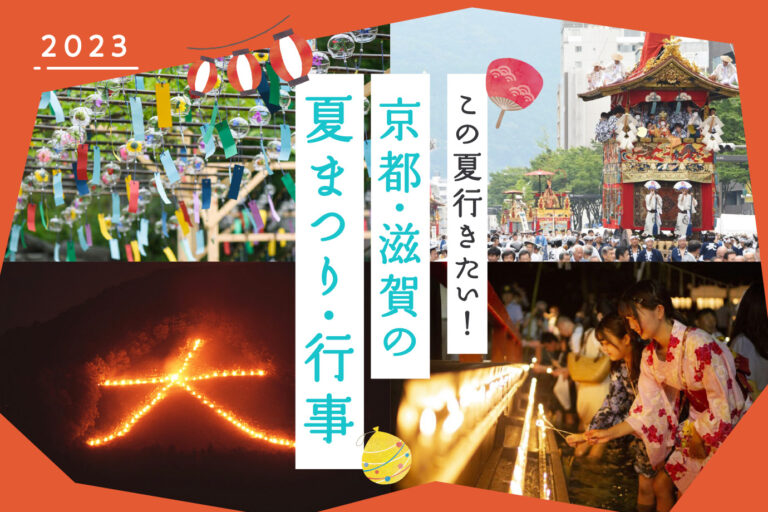
[2023] I want to go this summer! Summer festivals and traditional events in Kyoto
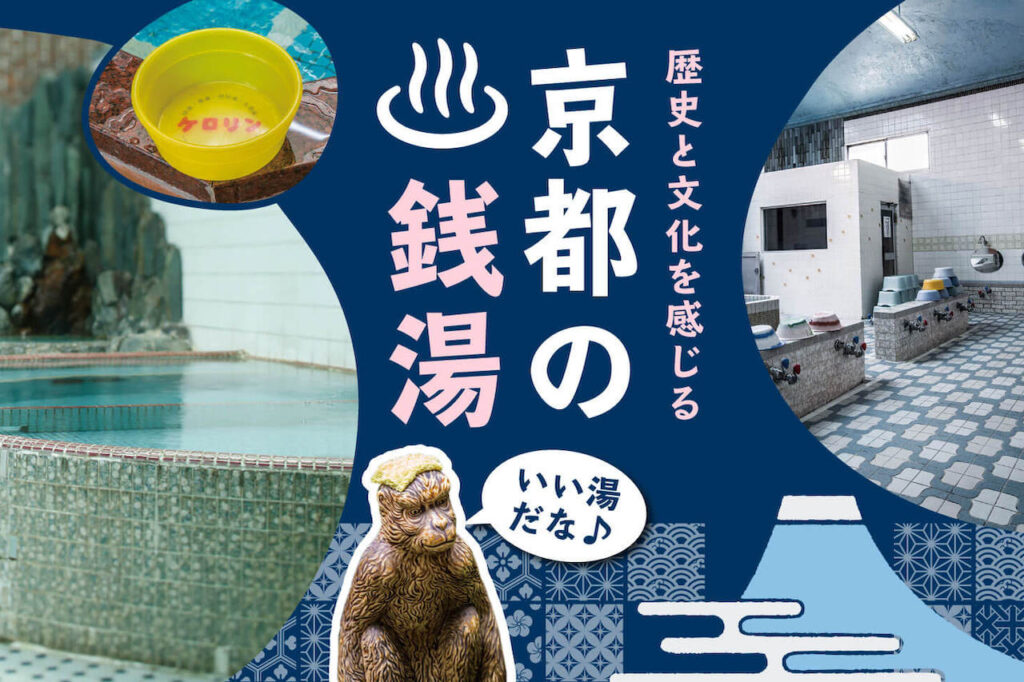

Kyoto has many sento (public bathhouses) with a sense of history that have remained in Kyoto since ancient times. However, the number of bathhouses, which used to be about 600, seems to be closing down year by year. Even so, the bathhouses that remain have a variety of personalities and charms. Tonight, let's go under the curtain and dive into the nostalgic world of sento.
The large fountain in the bathroom, the beckoning cat in the changing room, and the miscellaneous goods made by local artists all add to the charming atmosphere of the Umeyu bathhouse, which was founded in the Meiji era (1868-1912). The current owner, who took over the business when he heard it was closed, is a strong man who started his own sento (public bathhouse) touring club when he was a student and visited all of the 180 or so sento in the prefecture at the time. As the name implies, the sauna is free of charge. Don't miss the monthly events such as live music and rakugo (comic storytelling).
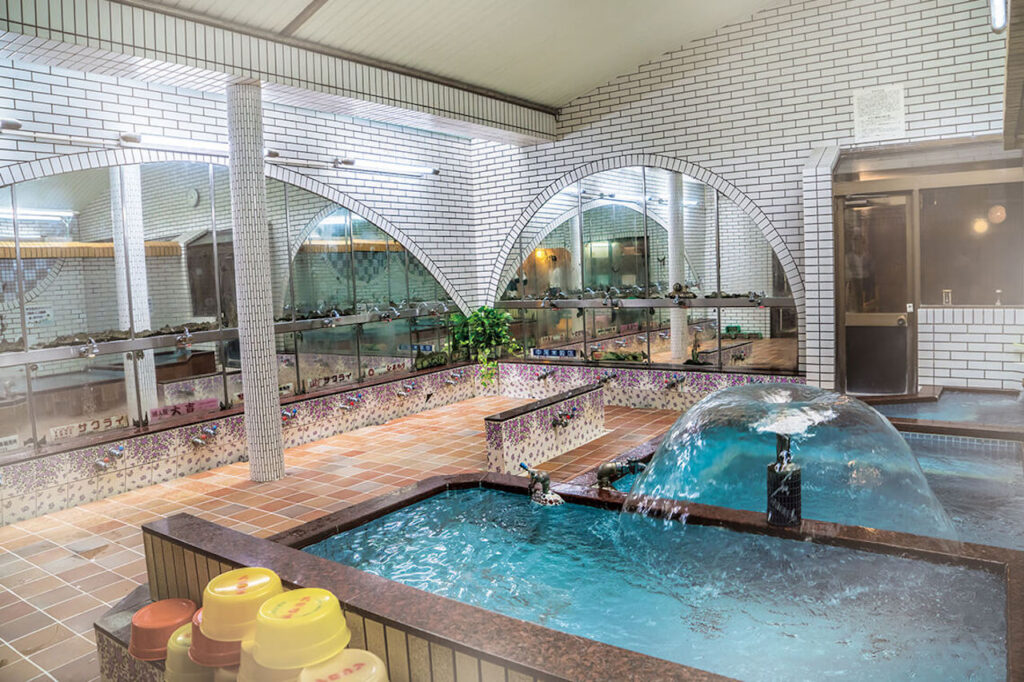

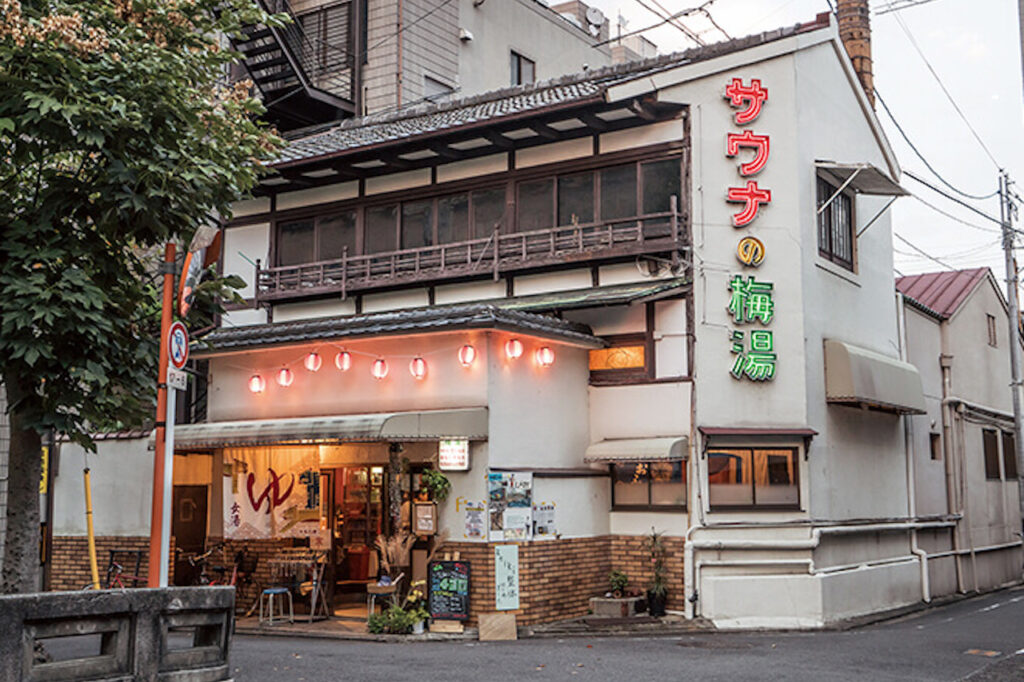
In June 2018, a new 2nd floor space with a rest area and other facilities opened. The owner's desire to preserve the public bathhouse as a part of Japanese culture can be felt by expanding various new initiatives.

Hinode-no-Yu, established in 1949, appears after passing through a narrow alleyway leading from Kyoto Station to Toji Temple. Passing through the colorful curtain, which changes according to the season, you will find yourself in a changing room with an impressive high coffered ceiling. The openness of the space is overwhelming, and at the back is a courtyard, which is rare for a public bathhouse, with ornamental plants and other amenities that provide a sense of healing. The bathhouse was the setting for the movie "Mother Water," and there is no end to the number of customers who come to enjoy the deep flavor of the Showa period that remains throughout the bathhouse.
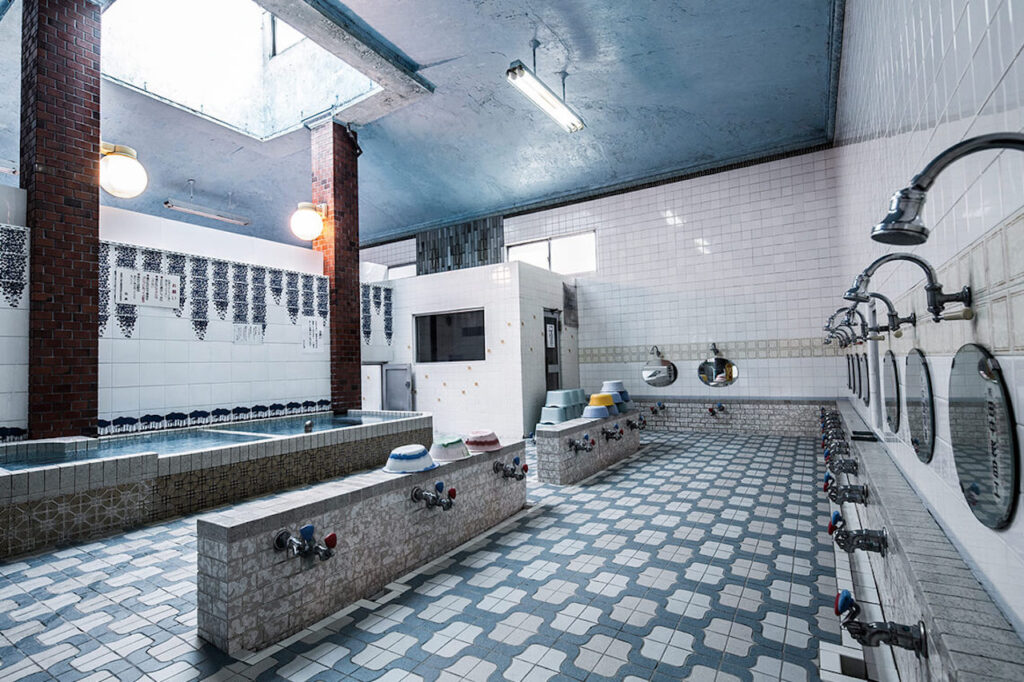
The bathroom is impressively arranged with blue tiles and offers a deep bath, a jet bath, an electric bath, and a water bath. The tiles, the impressive round mirror, and the retro atmosphere will surely fascinate you.

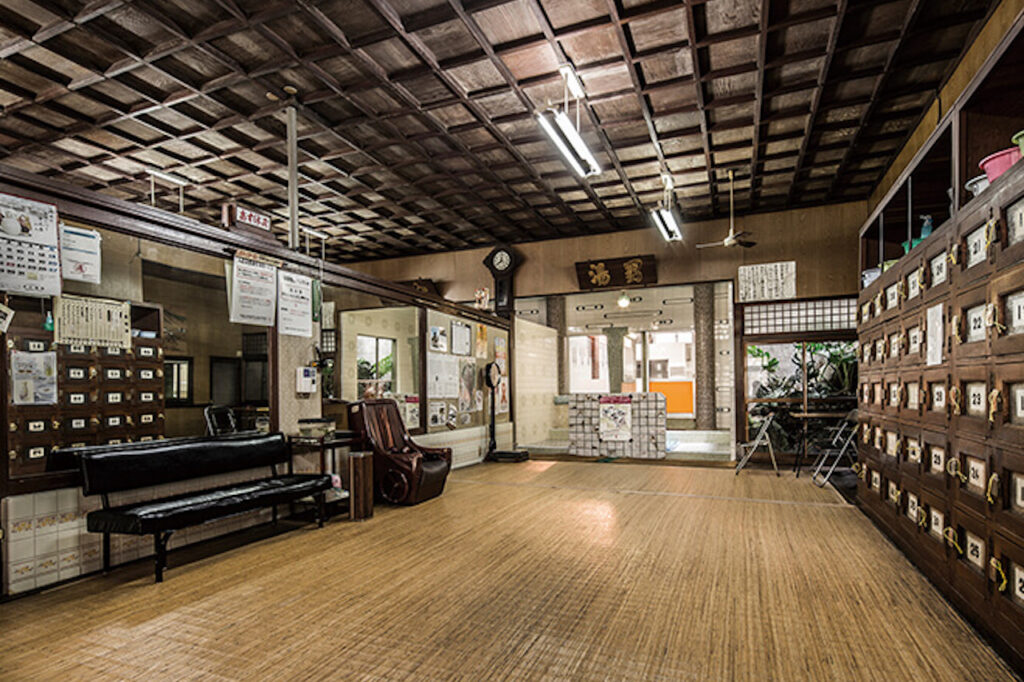

Sakurayu has a long history, having been established in 1919. When you enter the building, you will find wooden lockers lined with old willow wicker boxes, and you will hear the happy conversation between the woman who stands at the head of the building and the customers. The bathhouse is my reason for living. Talking with customers gives me energy," says the mother with a big smile. Many of the bathhouses in Kyoto are blessed with wells, and all of them use groundwater that is boiled.
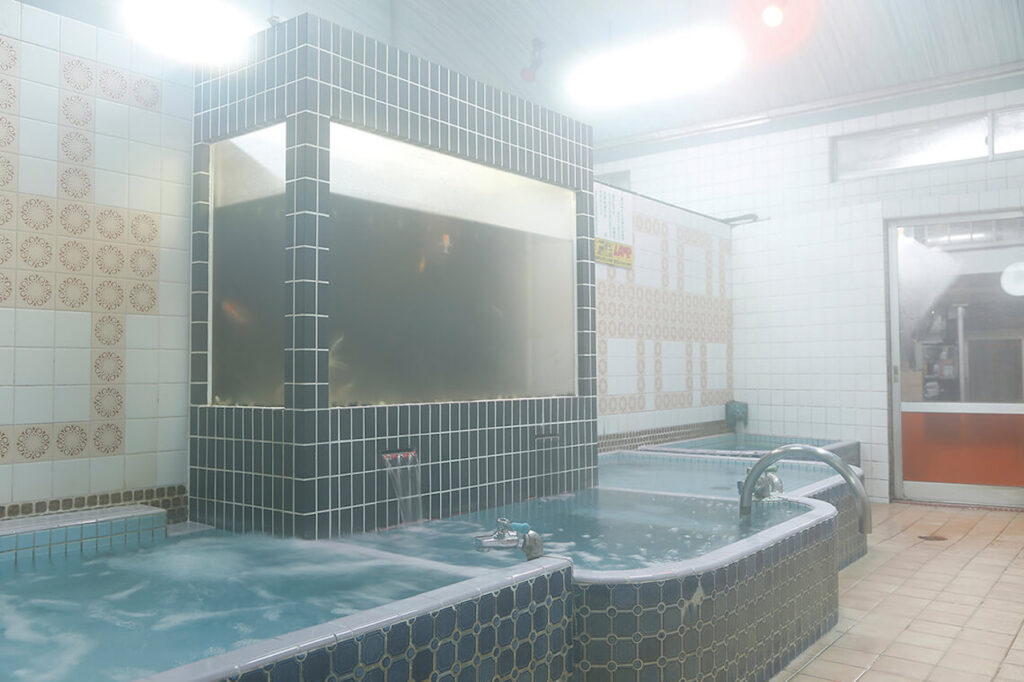
In the bathrooms, you can enjoy the unique space of "public bathhouse x water tank". Deep bath, shallow bath, jet bath, water bath, steam sauna and famous water.

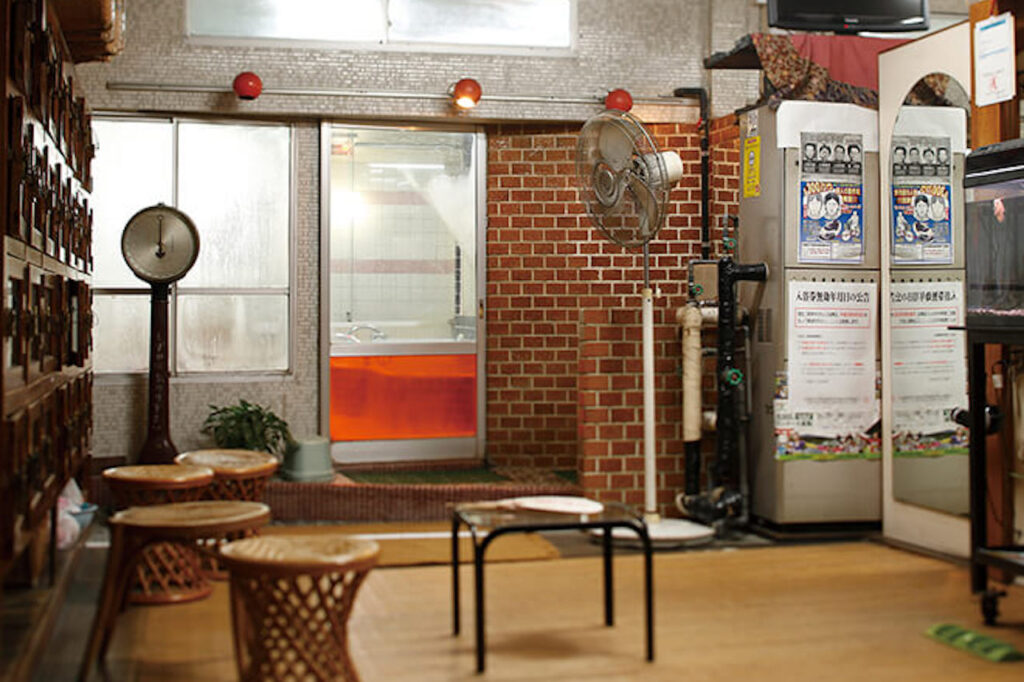

Nishikiyu was established in 1927 in the city of Kyoto, near Nishiki Market. The owner, who was born and raised in Kyoto, runs the bathhouse, which is full of new discoveries, such as holding events and playing jazz music even though it is a public bathhouse, in addition to simply "taking a bath. The bathhouses retain the same atmosphere as when the bathhouses were first established, and the precious "willow wicker basket," which is a characteristic of Kyoto's bathhouses and can now be repaired by fewer and fewer craftsmen, retain a depth of flavor that cannot be found in super sento.
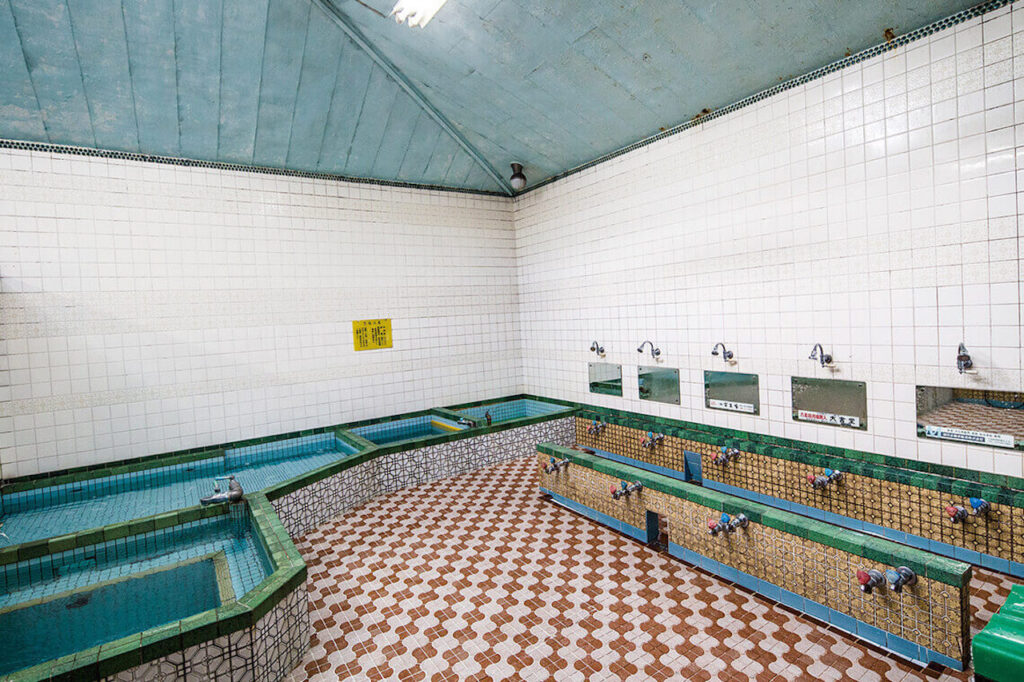

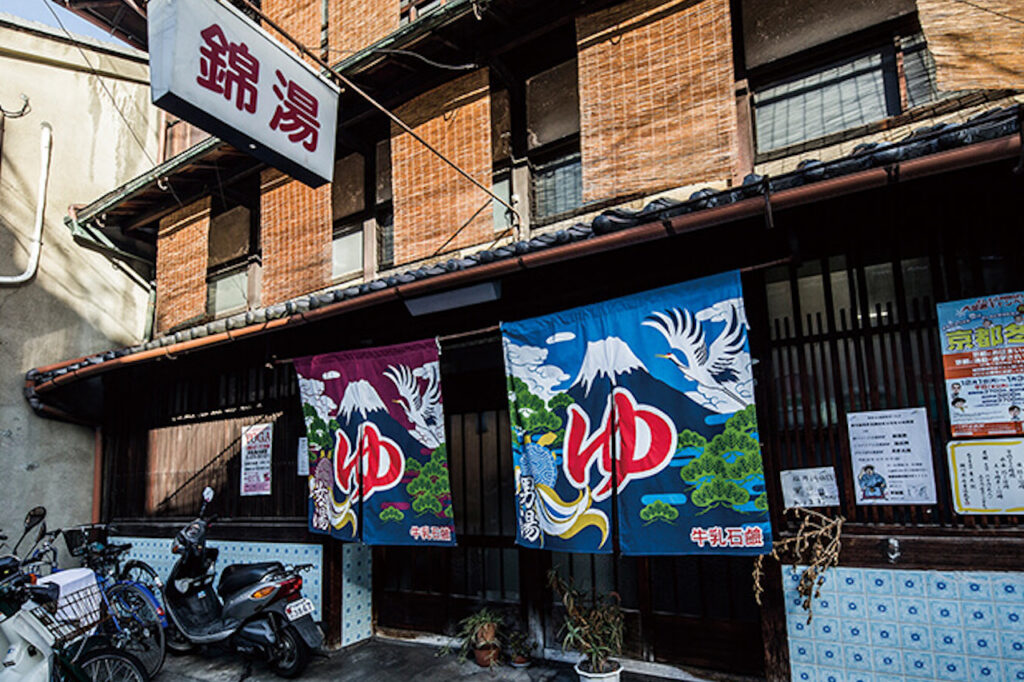
Nishikiyu is also loved by maiko and geiko, and has many kyomaru uchiwa fans. The owner's words are inspiring: "Nostalgia for the past is important, but we also want to have an attitude of moving on even if we fail.

Formerly an annex of the Funaoka-Ro Ryokan (Japanese-style inn), this bathhouse began operating as a public bathhouse in 1947 after the war. It is a karahafu-style building with a beautifully curved roof, and is designated as a Tangible Cultural Property of Japan. The changing rooms alone are a sight to behold, with wood carvings on the ceiling depicting a tengu (Japanese dog) and Yoshitsune Minamoto, and majolica tiles with beautiful uneven surfaces and gorgeous colors. It is said that Funaoka Onsen was the first bathhouse in Japan to use an electric bath, and the wide variety of baths is also noteworthy.
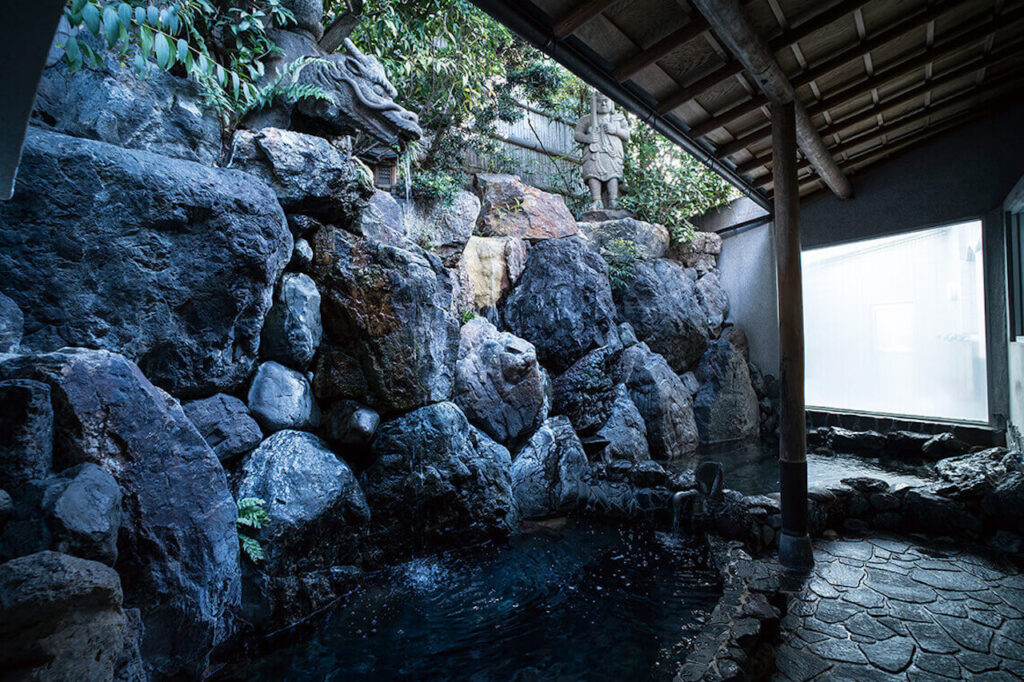
In addition to the large bath, there is an electric bath, a medicinal bath, a high-temperature deep bath, a bubble bath, and a cypress and rock bath in the open-air bath that changes daily for men and women.

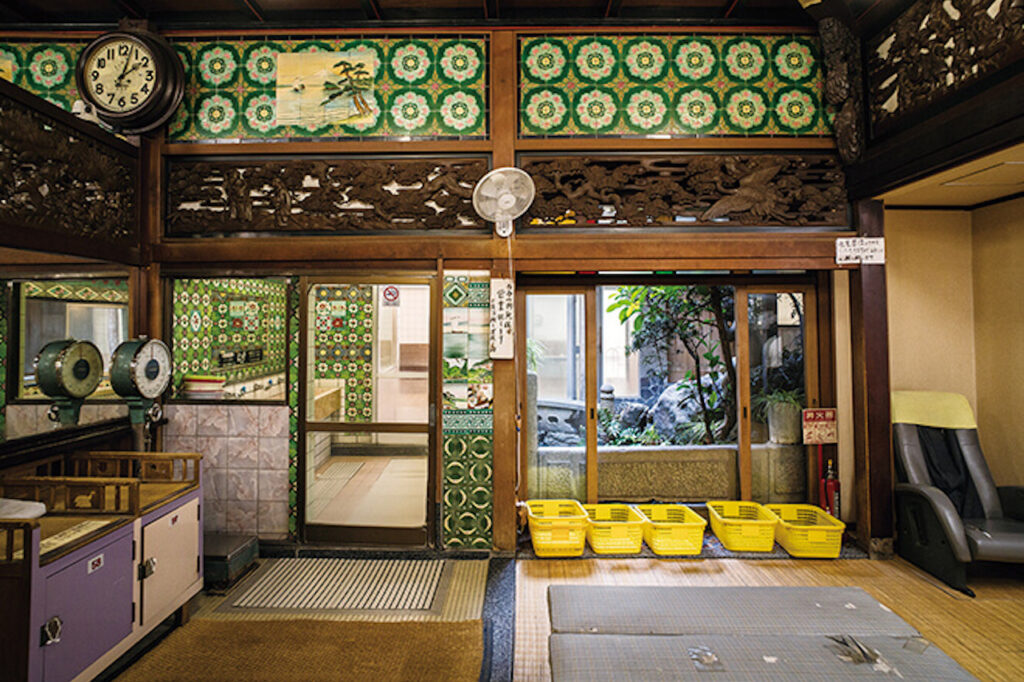
The stone bridge leading to the bathrooms was moved from a bridge that was no longer needed due to the opening of the tramway at that time.

Over 600 interviews per year! An order site carefully selected by the editors who knows Kyoto and Shiga.
nowOfficial LINE friend registration500 yen OFF coupon is being issued!
 News
News Feature article
Feature article Featured event
Featured event